Beha-Amprobe GT-650 Manual
Læs gratis den danske manual til Beha-Amprobe GT-650 (108 sider) i kategorien Ikke kategoriseret. Denne vejledning er vurderet som hjælpsom af 25 personer og har en gennemsnitlig bedømmelse på 5.0 stjerner ud af 13 anmeldelser.
Har du et spørgsmål om Beha-Amprobe GT-650, eller vil du spørge andre brugere om produktet?

Produkt Specifikationer
| Mærke: | Beha-Amprobe |
| Kategori: | Ikke kategoriseret |
| Model: | GT-650 |
Har du brug for hjælp?
Hvis du har brug for hjælp til Beha-Amprobe GT-650 stil et spørgsmål nedenfor, og andre brugere vil svare dig
Ikke kategoriseret Beha-Amprobe Manualer
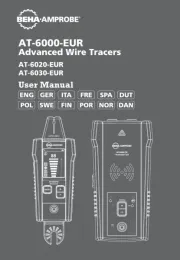
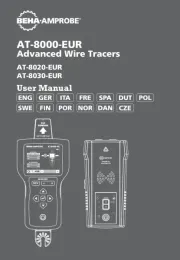
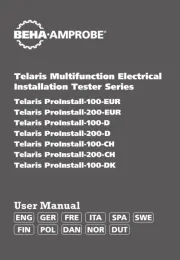
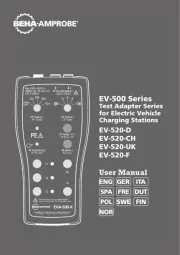
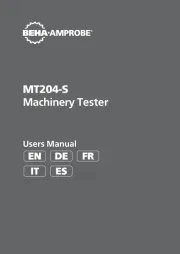
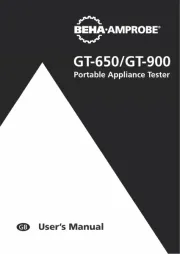
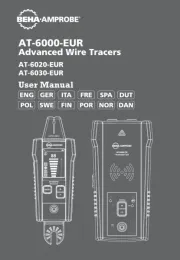
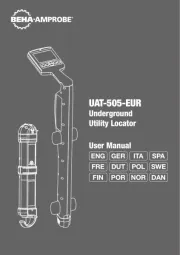
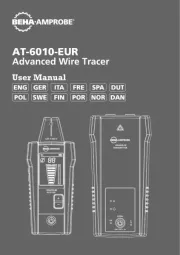
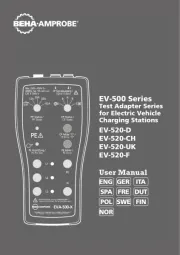
Ikke kategoriseret Manualer
- Wolf
- HVMLAK
- Xblitz
- Korona
- Indesit
- Melbourne Instruments
- ZYCOO
- Budda
- Grand Effects
- GAM
- Fortia
- Lite-On
- Dillinger Labs
- Transcend
- Maxell
Nyeste Ikke kategoriseret Manualer









